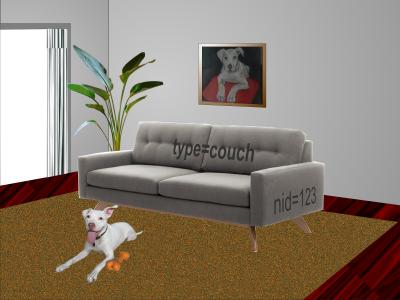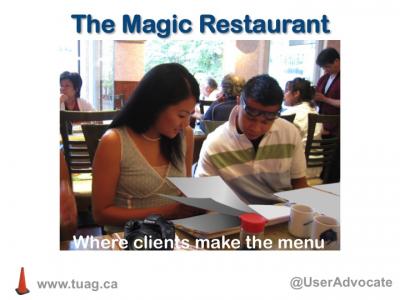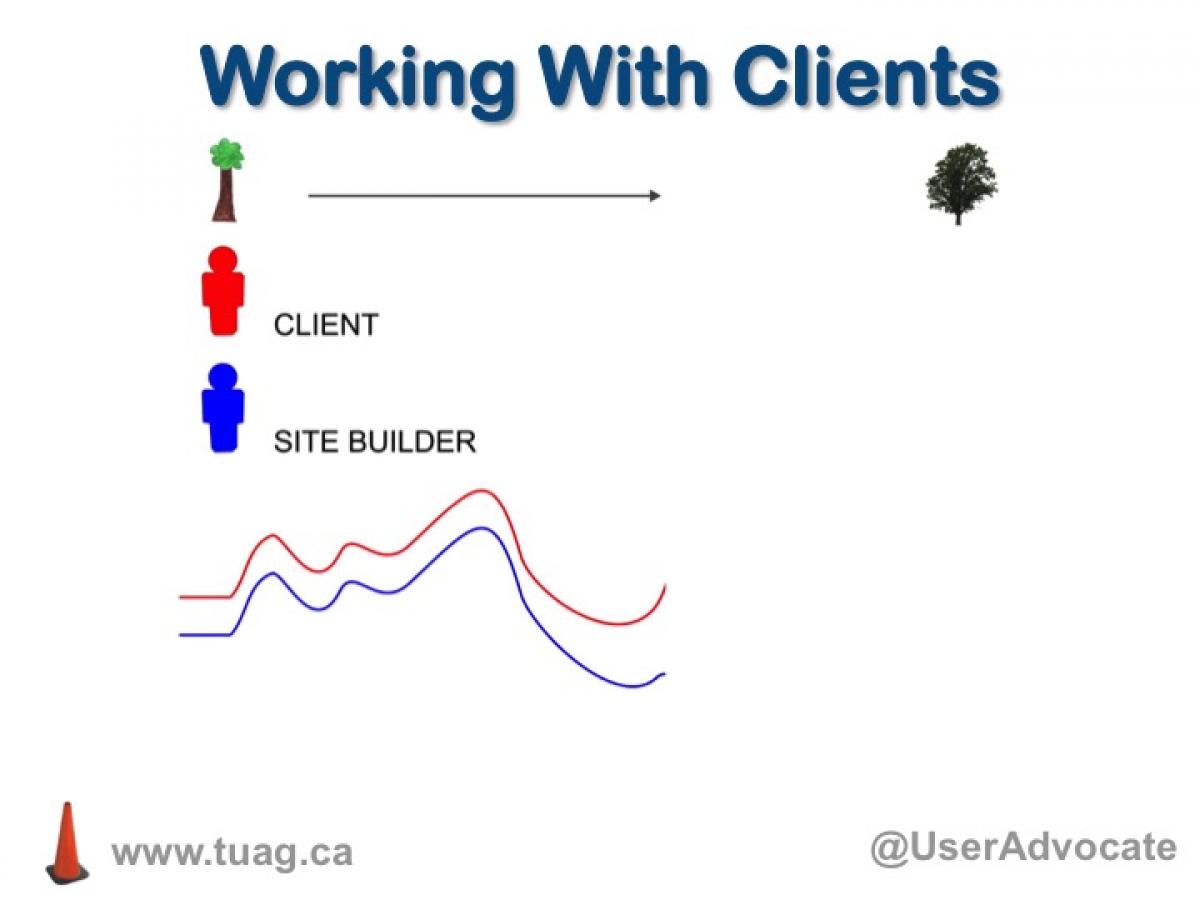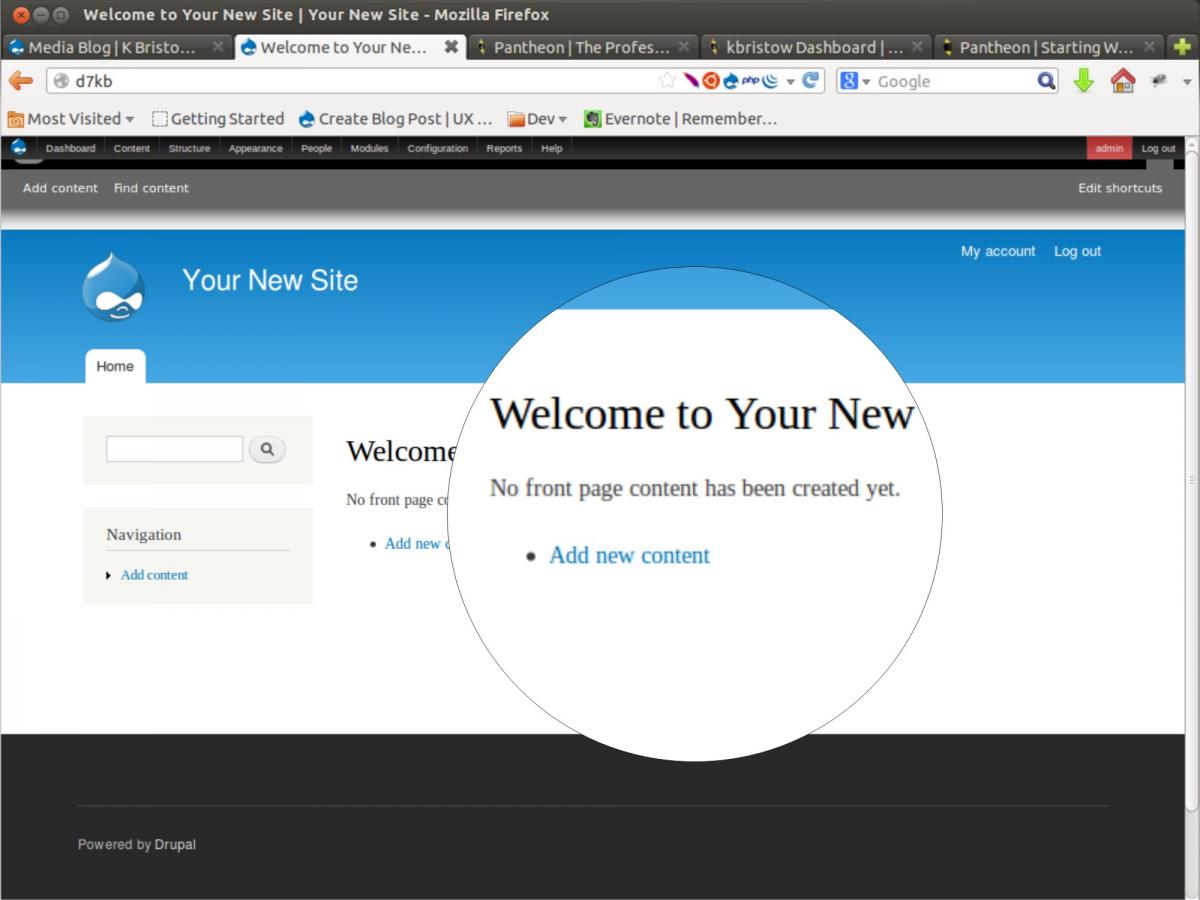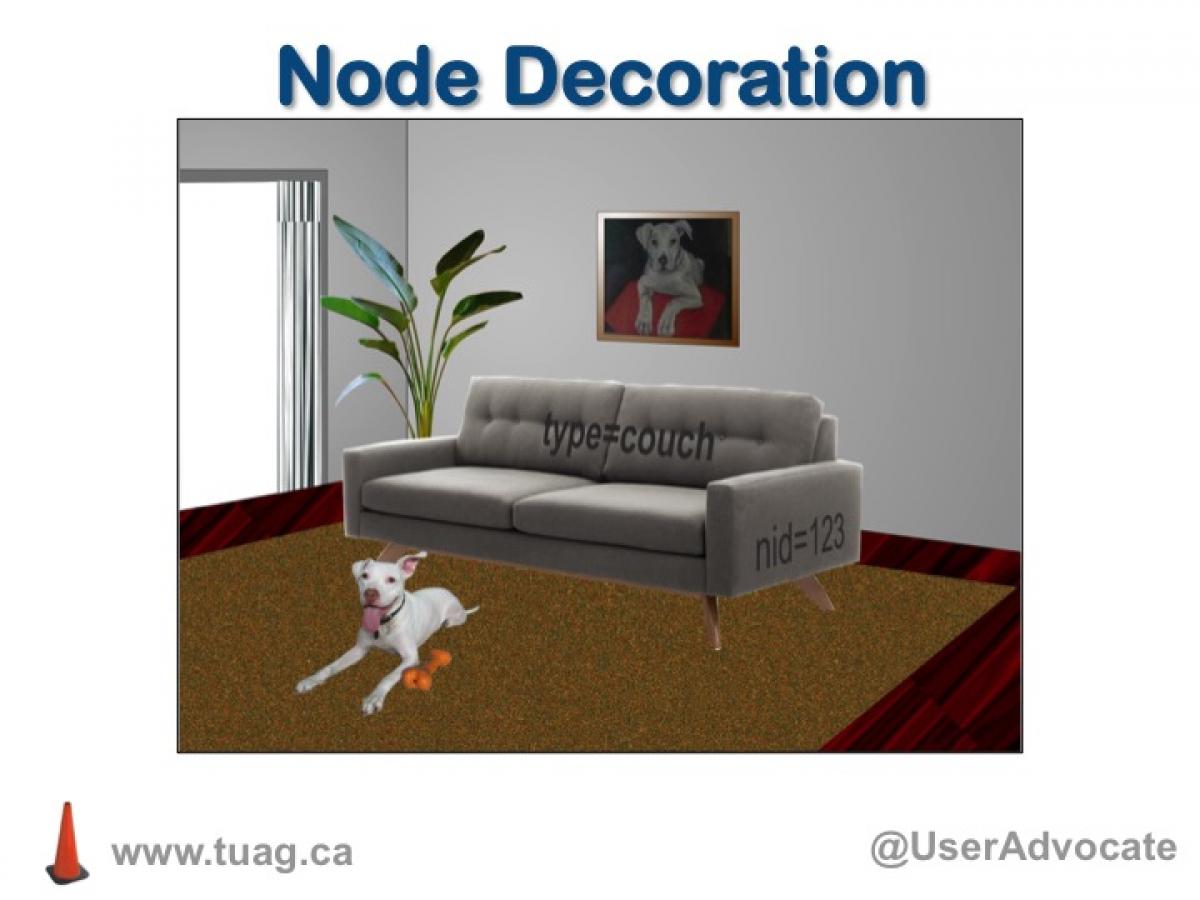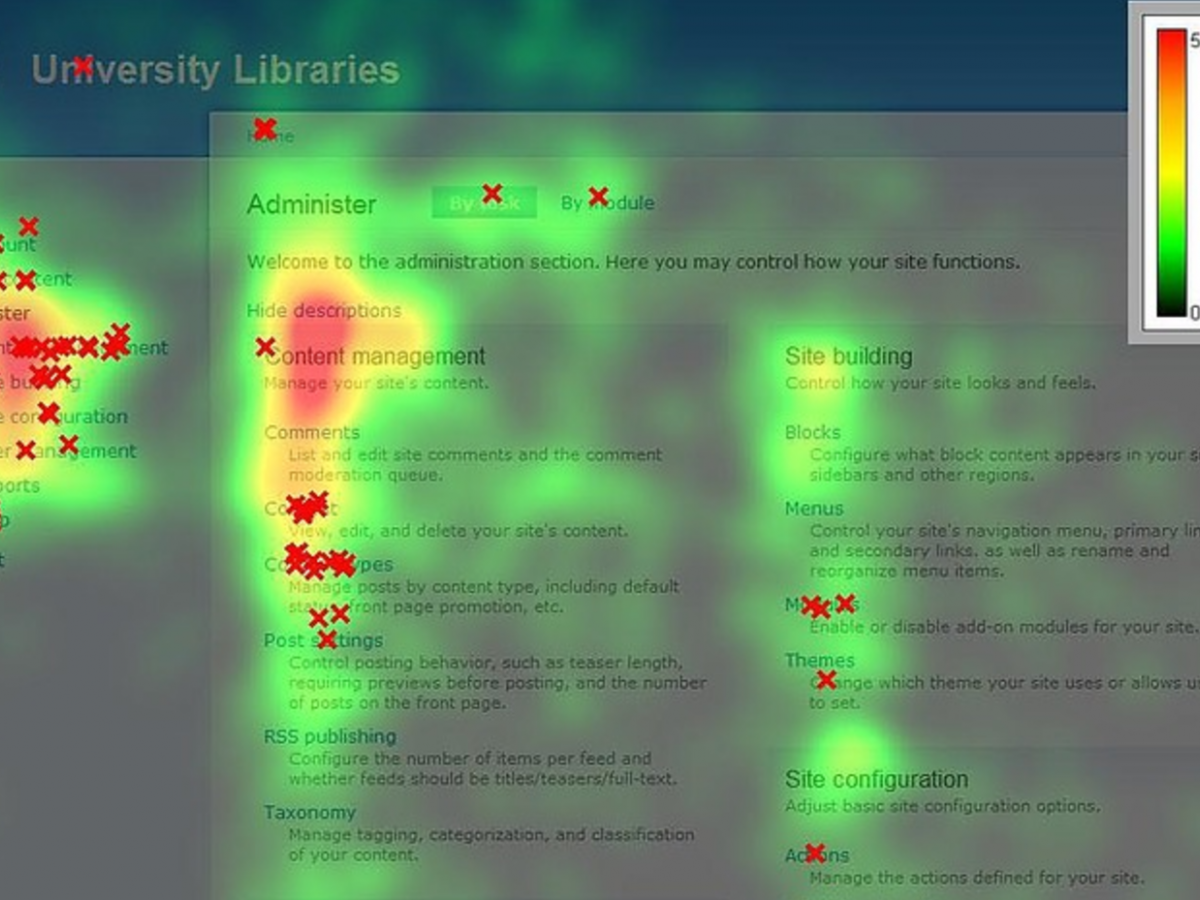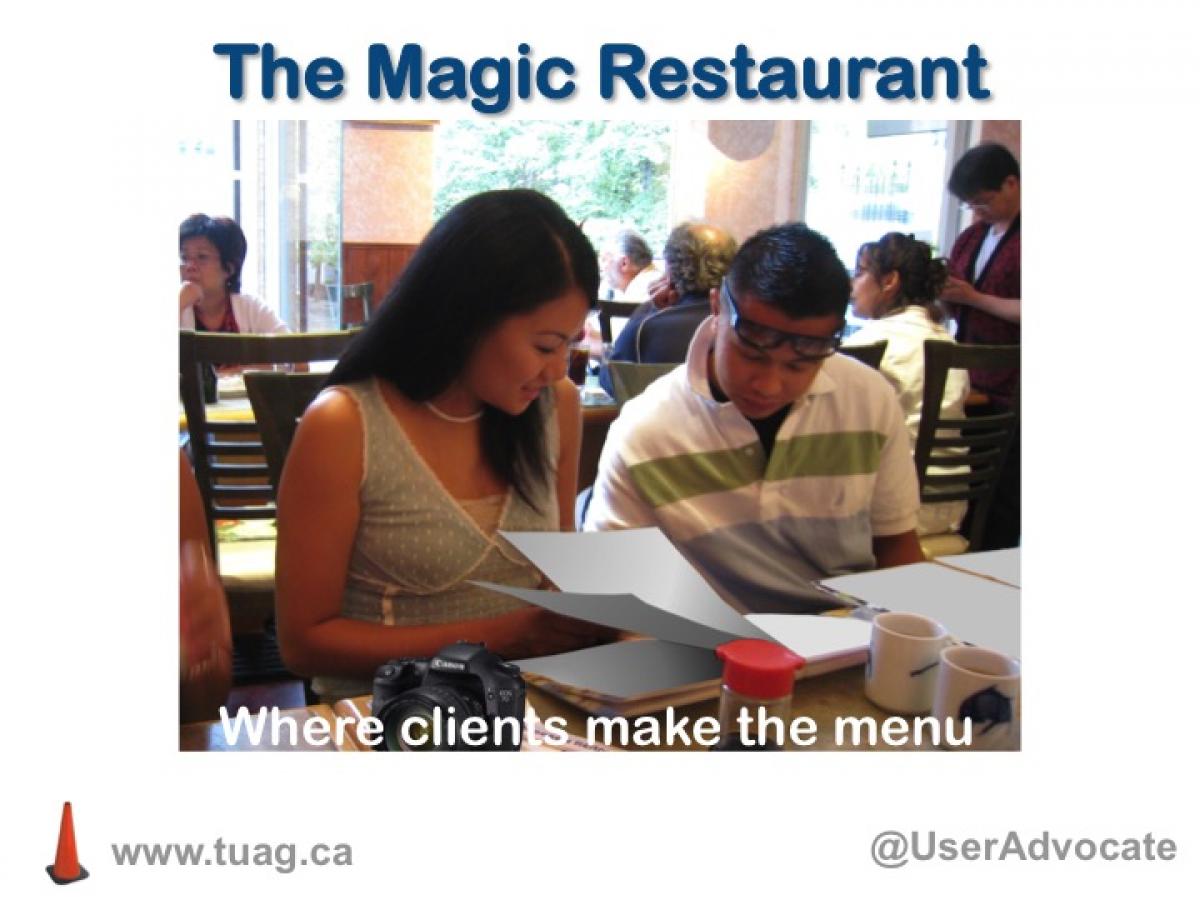Defining an Inductive Pull Model for Website Building
Induction is a means of causing change. It is a means of structured motivation that can lead an active agent along a prescribed path. That opposite is stasis - or non-movement. Like the kind the we feel right after installing a Drupal site as we stare at the White Screen Of Near Death (WSOND) that says "No front page content has been created yet."
But if we look at this uncomfortable screen we do see 3 instances of an induction right there. 1... 2... 3 instances of a link that begs us to create content. That's a great idea in theory but content is probably the last thing we will bring to this site. To most sitebulders this will come acrtoss as a cruel joke.
Sigh, sure I'll create content - right after I've figured out the content types and views and support modules what ever else I need in the back end. But first I need to talk to my client again and try to find out what they really want on their site.
Thus begins the sad departure of the sitebuilder's consciousness as it is dragged down into the weeds of Drupal implementation.
Induction is good when it works. But it's painful if it leads you in the wrong direction.
How can we use the principle of induction to help sitebuilders perform tasks in a more natural (i.e. Outside-In) way that their clients can understand and happily participate in?
In this video I start that exploration.

